Scott #20, a United States one-cent stamp featuring Benjamin Franklin, is a prominent piece in the tapestry of American philately. It is a perforated variant, classified as Type II, which is the same design as Scott #7 but on a perforated stamp.
Design & Print
Scott #20 is identified as a Type II design, characterized by the absence of the bottom plumes and balls. This definition encompasses significant design differences within the Type II category. Notably, most Type II positions have partially erased top ornaments, but some, specifically those from the top row of Plate 4 (both imperforate and perforated) and the top rows of Plates 11 and 12 (perforated only), have complete top ornaments. These positions are highly valued by specialists.
The stamp can be found on plates 1 (late), 2, 4, 11, and 12. Plate 2 is predominantly Type II except for two positions. Plate 11 stamps are scarce, having been in use for only six months, and Plate 12 stamps are characterized by tight margins and nearly complete designs, reflecting the new transfer rolls used in their production.
The finest examples of Type II are from the top row of Plate 4, with a break in the outer line at the bottom. Plate 3 stamps, though issued imperforate only, often exhibit an exceptionally deep, rich color and fine crack lines, making them more highly valued. Notably, position 4R1L on Plate 1 Late is a distinctive Type II with a double transfer and is much rarer in its perforated form.
Postal Usage
Scott #20 was used for standard local mailings and printed circulars. As the earliest stamp to appear on the patriotic cover, it holds a special place in the history of U.S. postal services. The stamp is uncommon in blocks, and imprint copies are notably rare.
Identification
Identifying Scott #20 involves scrutinizing the top ornaments and the absence of bottom plumes and balls. Double transfers, particularly on Plate 11, and the unique characteristics of stamps from Plate 12, such as the use of the two three relief transfer roll, are important considerations for collectors. The rarity of Scott #20 in certain plate positions, coupled with the variations in design and production, make it a sought-after item among philatelists.
Scott #20 represents a significant phase in the evolution of U.S. stamp manufacturing and design. Its unique features, ranging from the specifics of its Type II design to the peculiarities of its production across different plates, render it a fascinating subject in the world of philately. Understanding these elements is crucial for appreciating the historical and collectible value of Scott #20.

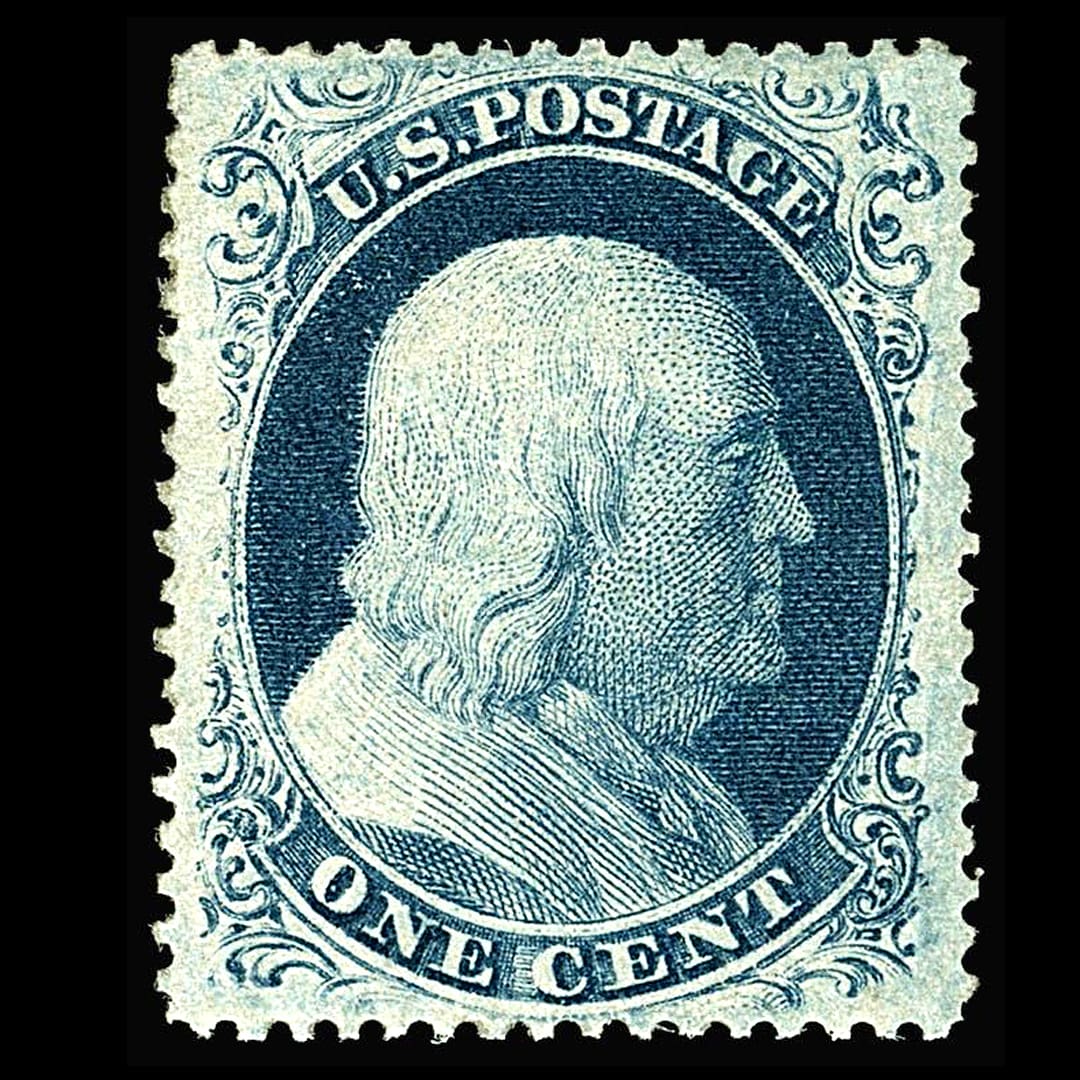

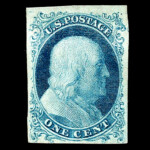
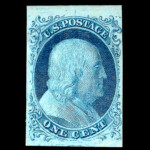
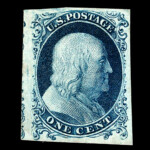
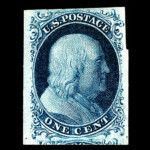
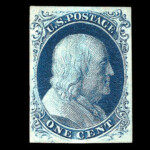
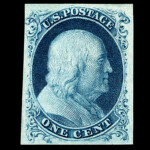
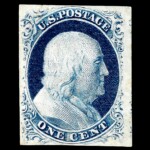


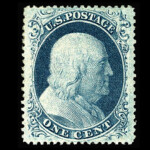
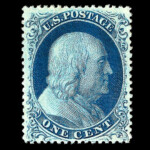
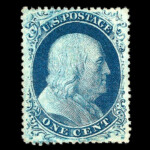
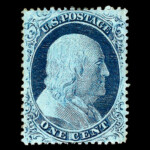
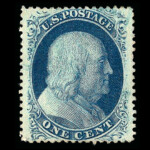
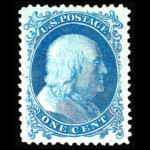
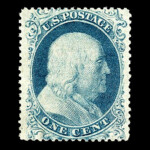
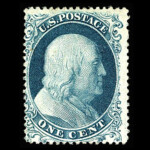
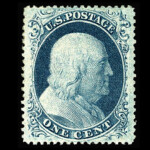
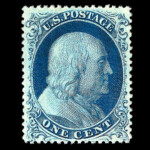
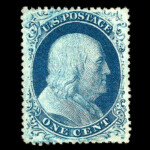
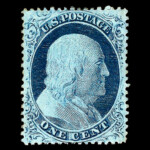
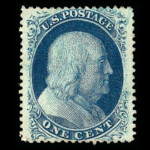
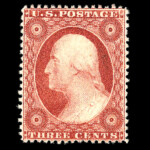
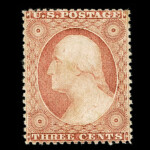
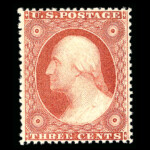
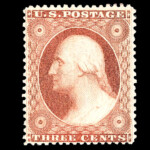
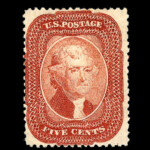
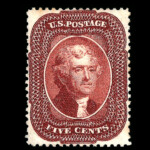
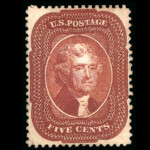
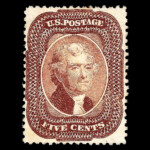
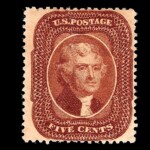
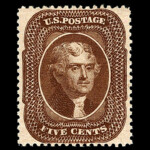
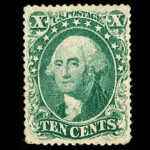
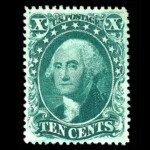
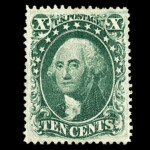
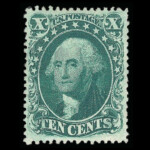
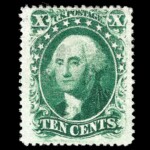
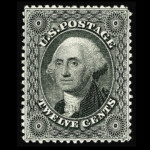
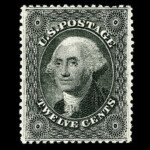

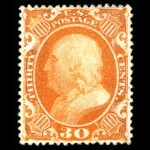
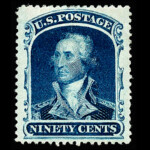









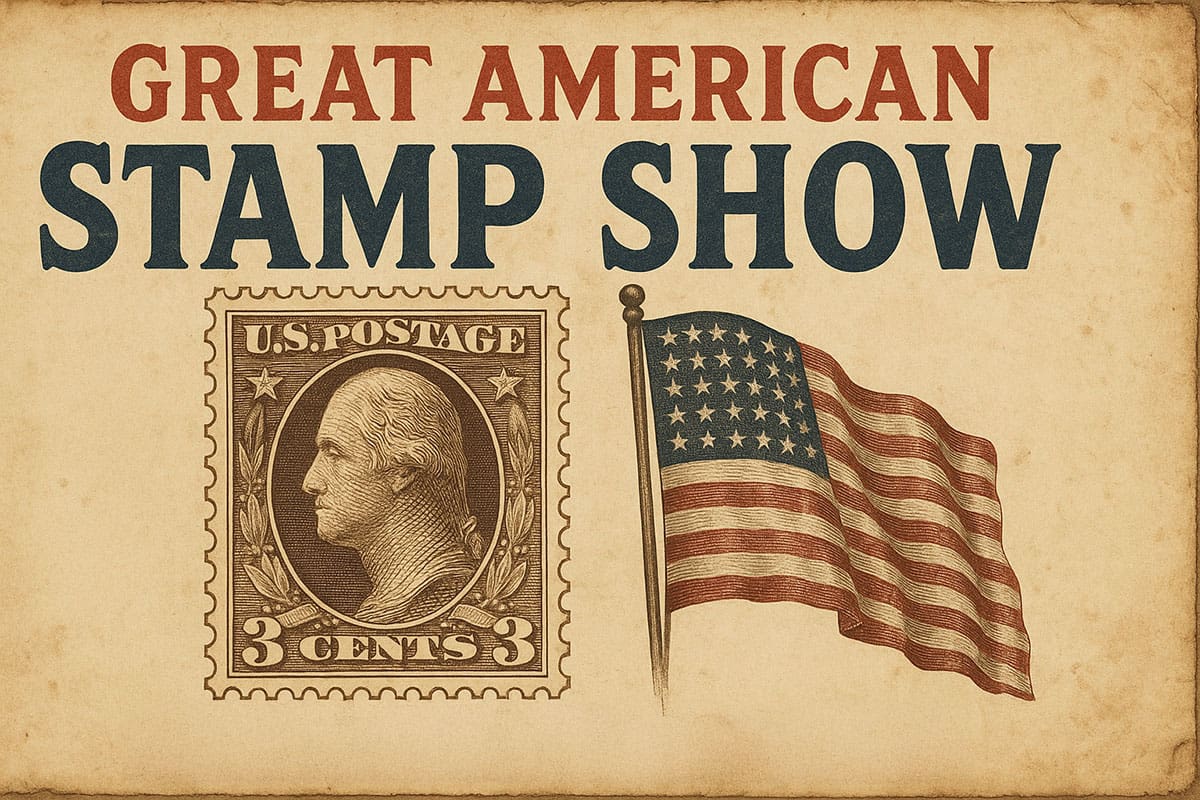


Ask A Question Or Leave A Comment